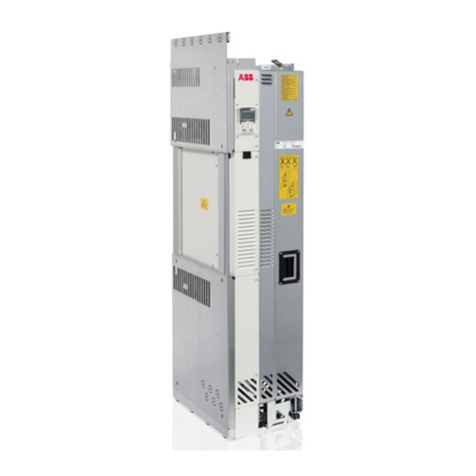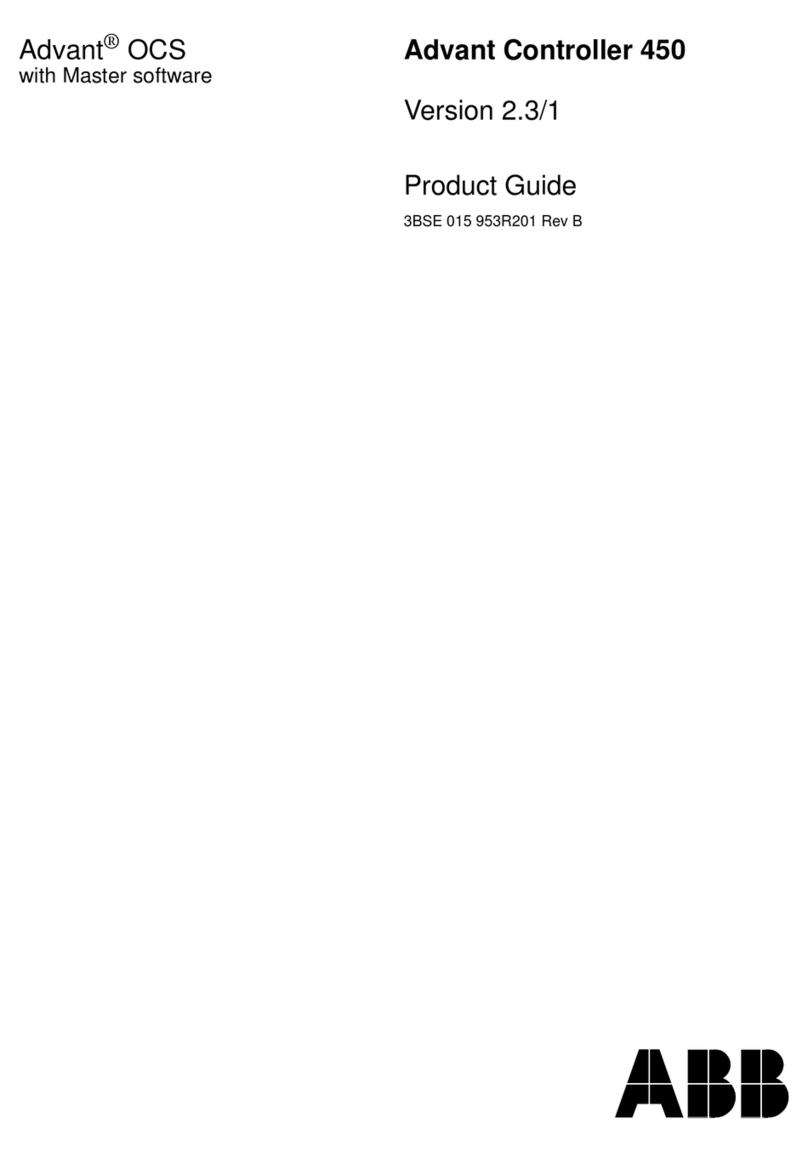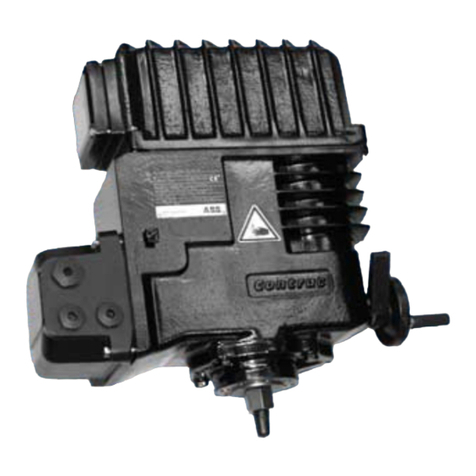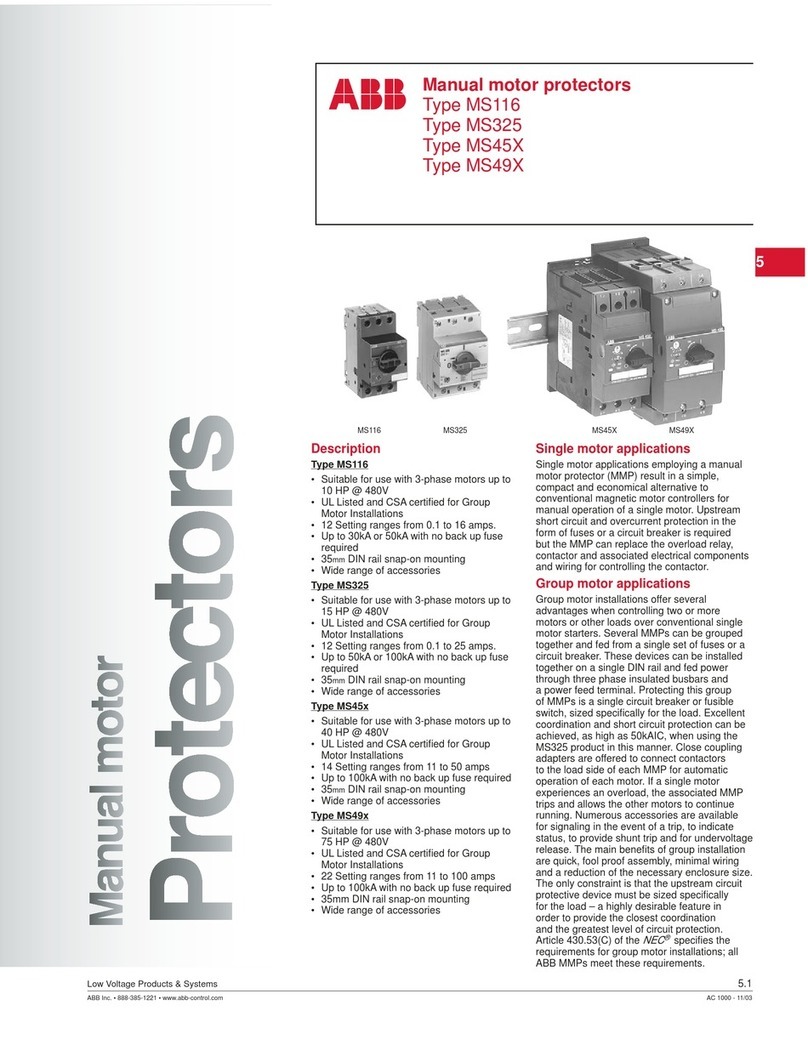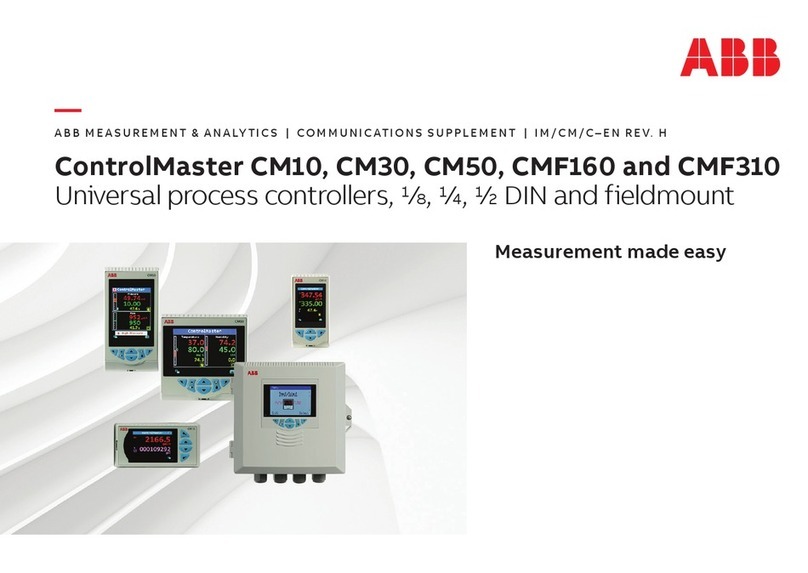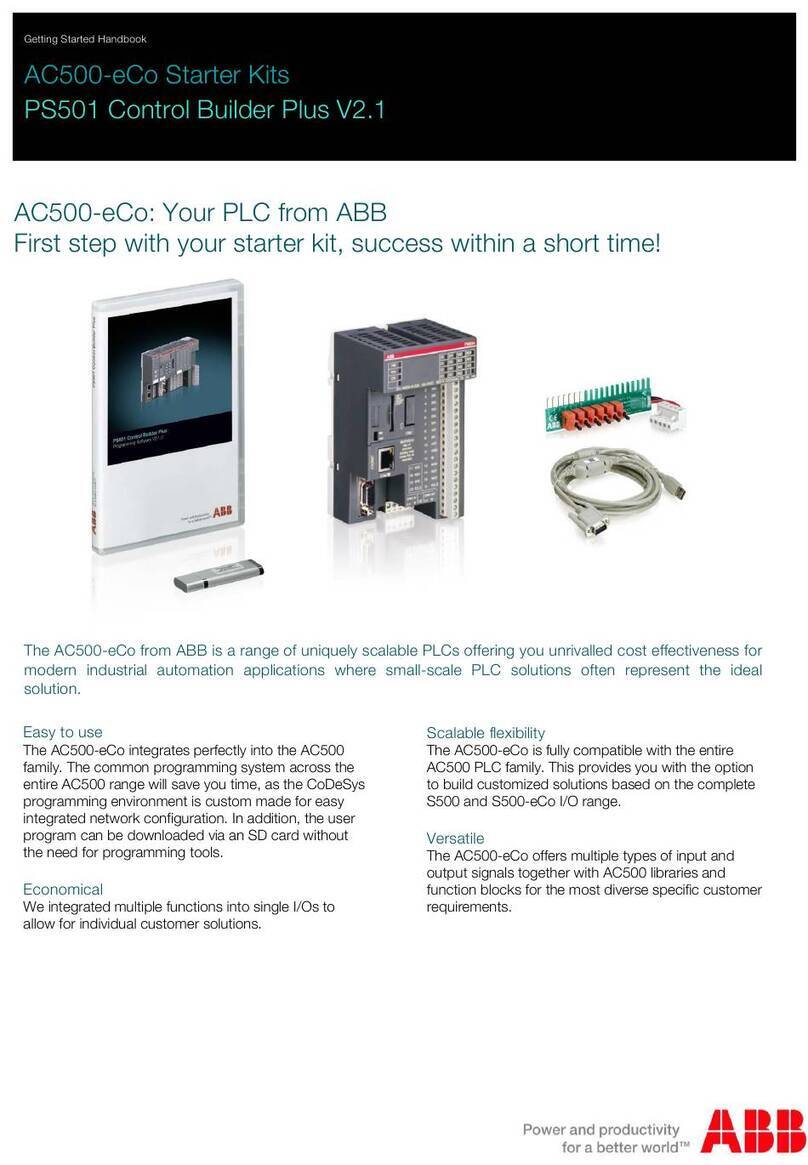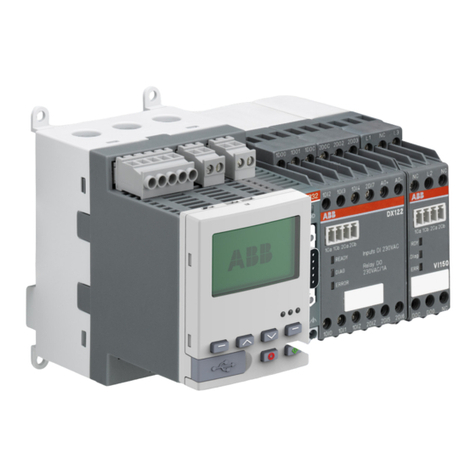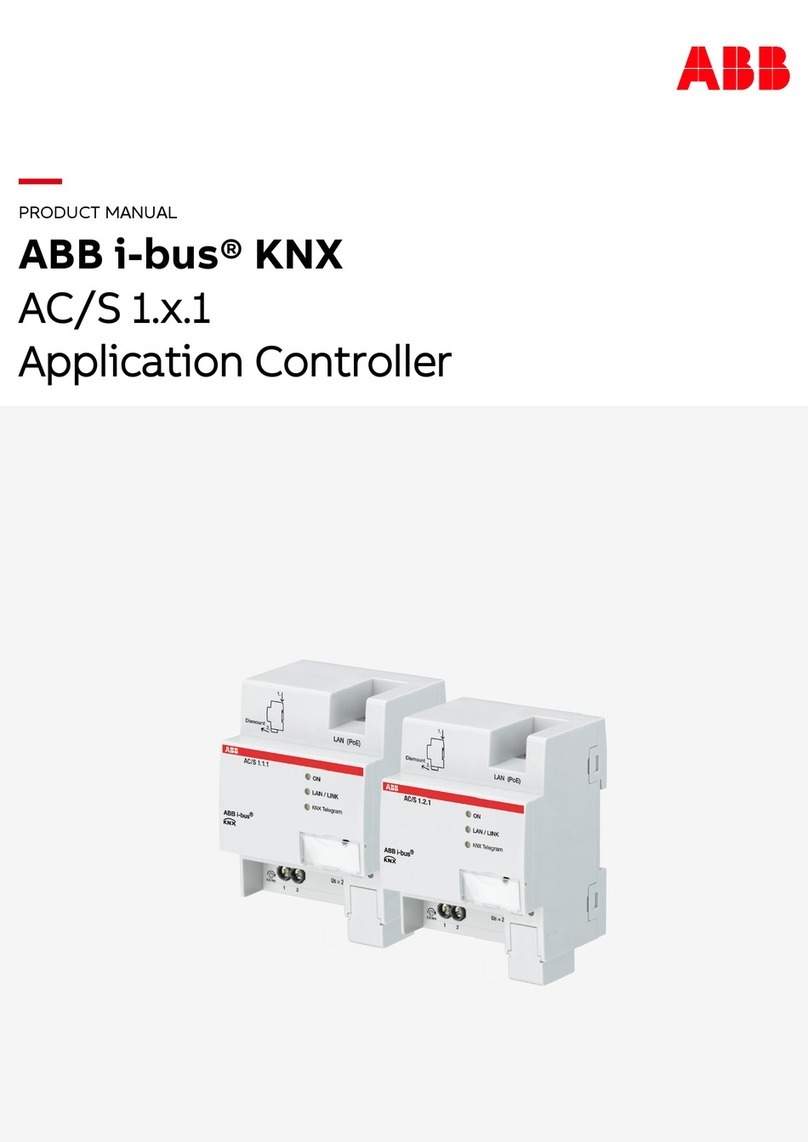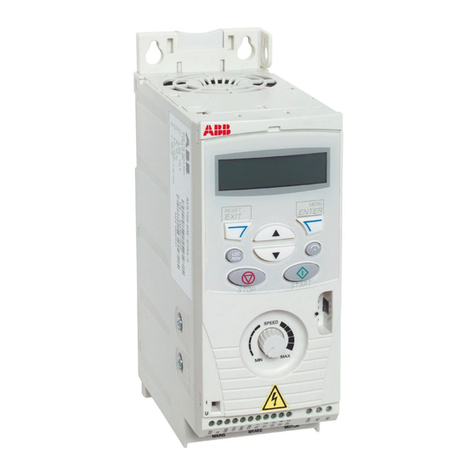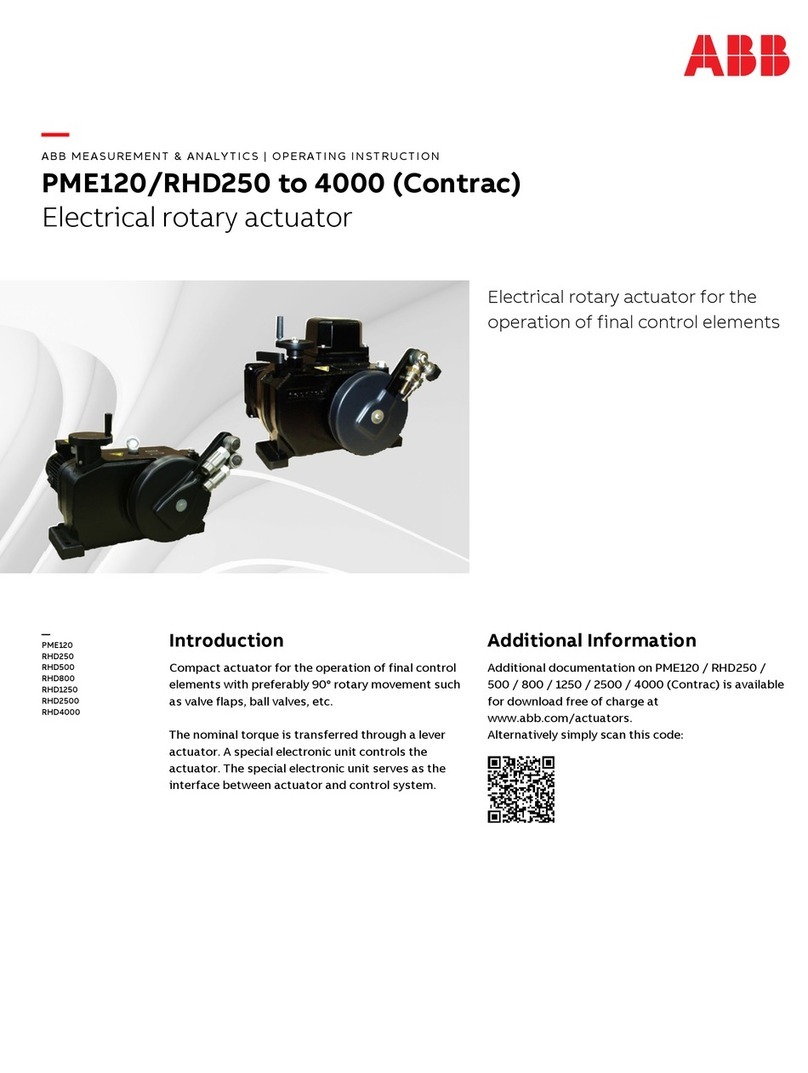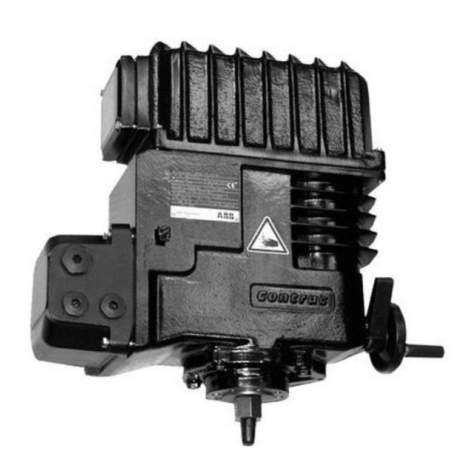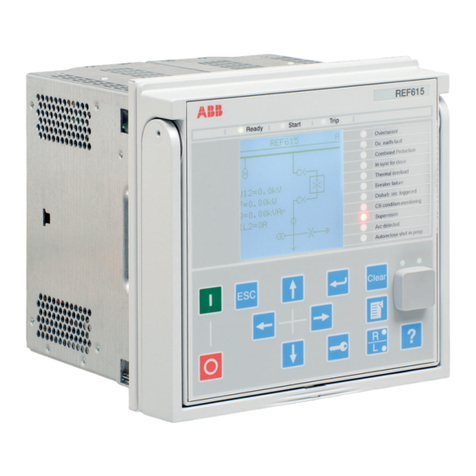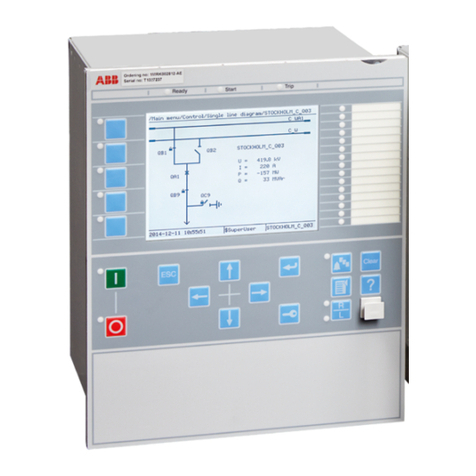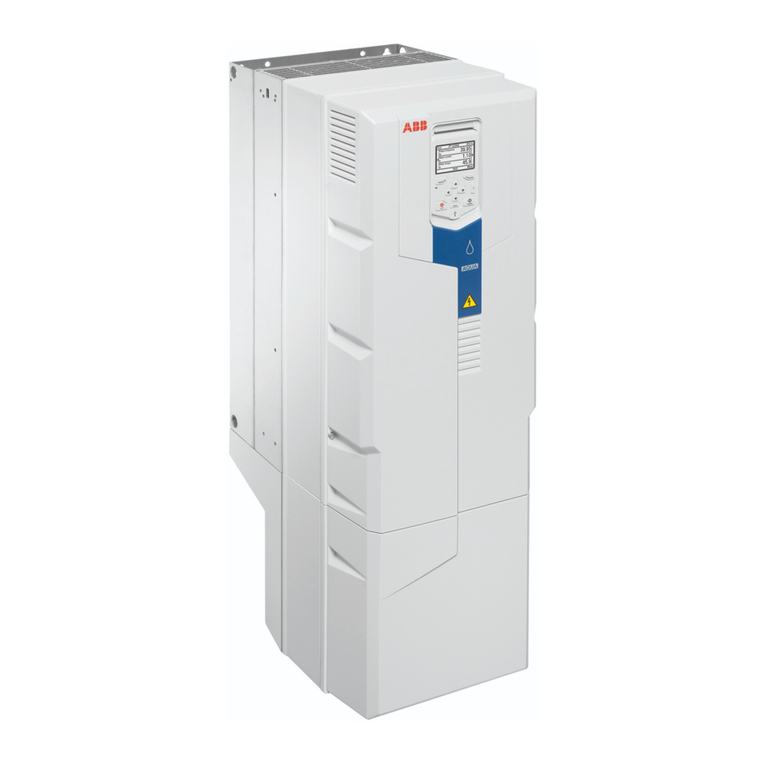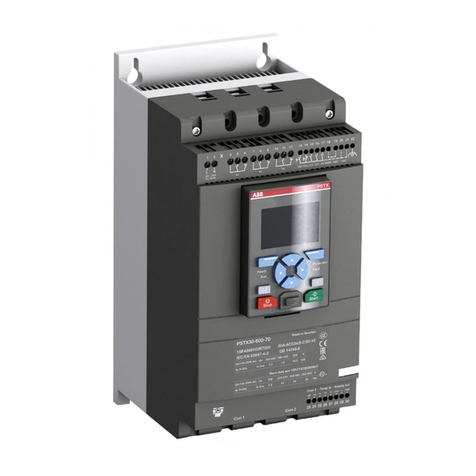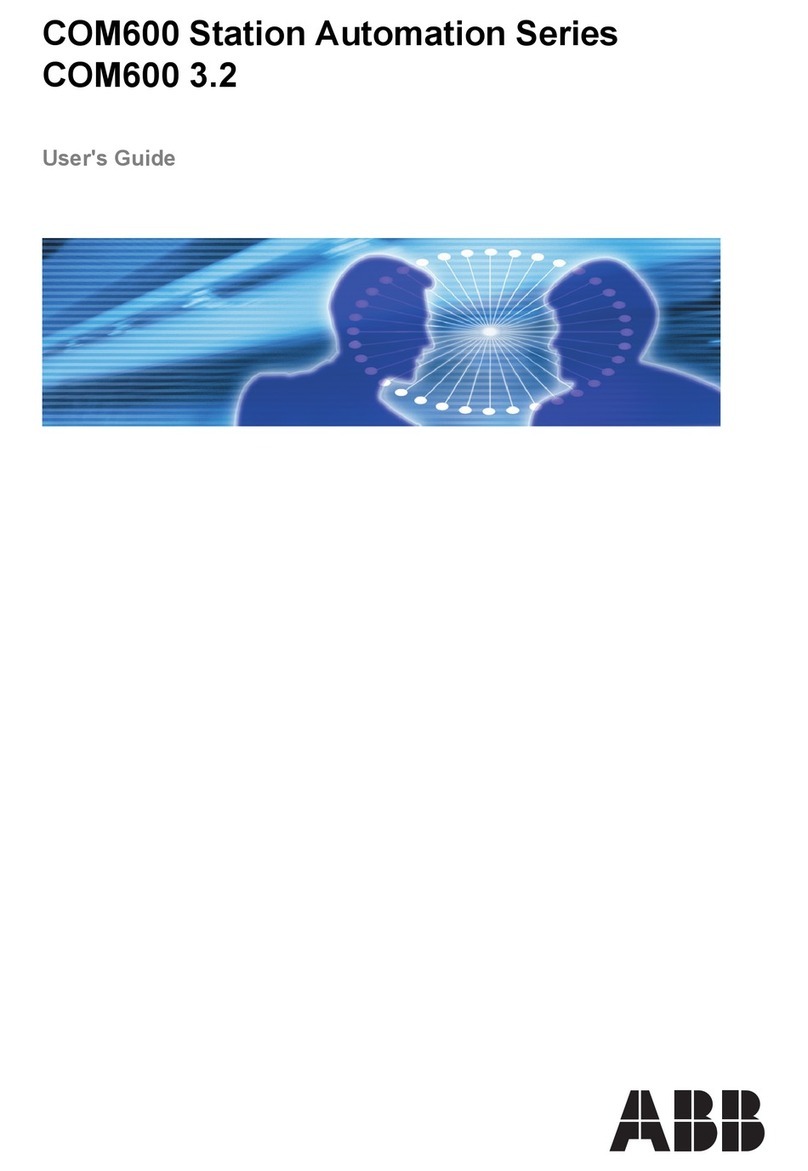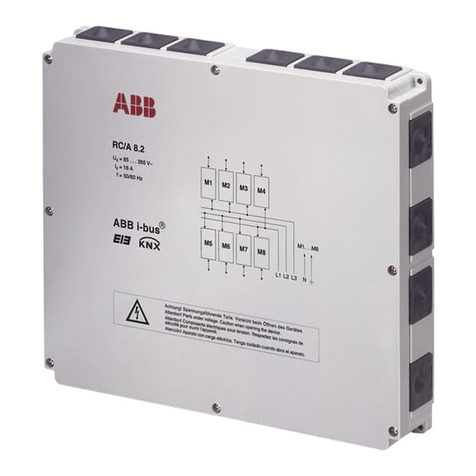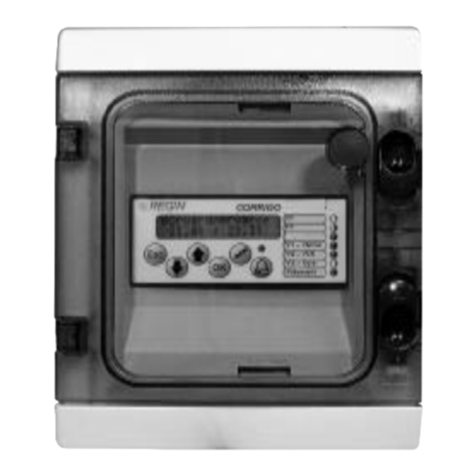Contents:
1. About this manual .................................................................................. 5
1.1. Copyright ........................................................................................ 5
1.2. Disclaimer ..................................................................................... 5
1.3. Conformity ..................................................................................... 6
1.4. Trademarks .................................................................................... 6
1.5. General information ....................................................................... 6
1.6. Document conventions .................................................................. 6
1.7. Use of symbols .............................................................................. 7
1.8. Terminology .................................................................................... 8
1.9. Abbreviations ................................................................................. 9
1.10. Related documents ........................................................................ 9
1.11. Document revisions ..................................................................... 10
2. Introduction ........................................................................................... 11
2.1. General information about the COM600 series ........................... 11
2.2. COM600 product series variants and rationale ........................... 11
2.3. Overview of sequence control ...................................................... 12
3. Sequence Control configuration ......................................................... 13
3.1. Overview of configuration ............................................................ 13
3.2. Adding a Logic Processor IED ..................................................... 14
3.3. Adding Sequence Logical Device ................................................ 16
3.4. Adding logical nodes for a sequence ........................................... 17
4. Sequence definition .............................................................................. 19
4.1. Sequence definition using Logic Editor ........................................ 19
4.2. Adding a new Sequence POU object .......................................... 20
4.3. Creating a global variable list ....................................................... 22
4.4. Adding symbol configuration ........................................................ 23
4.5. Adding a new sequence start and end action .............................. 24
4.6. Adding an initial sequence transition ........................................... 27
4.7. Adding a new action object .......................................................... 27
4.8. Adding a new transition object ..................................................... 28
4.9. Assigning actions to the added sequence steps .......................... 30
4.9.1. Editing start sequence .................................................. 30
4.9.2. Assigning a start action object to a sequence ............... 32
4.9.3. Assigning an initial step action to a sequence .............. 33
4.9.4. Assigning an end action to a sequence ........................ 34
4.9.5. Assigning a step transition to a sequence .................... 35
4.10. Adding a sequence POU to PLC MainTask configuration .......... 36
4.11. Configuring sequence cross-references ..................................... 37
4.12. Assigning item paths to data objects ........................................... 39
5. Configuring WebHMI ............................................................................ 41
3
COM600 series 5.11MRS755001
Sequence Control Configuration Manual
Issued: 22.3.2018
Version: D/22.3.2018

